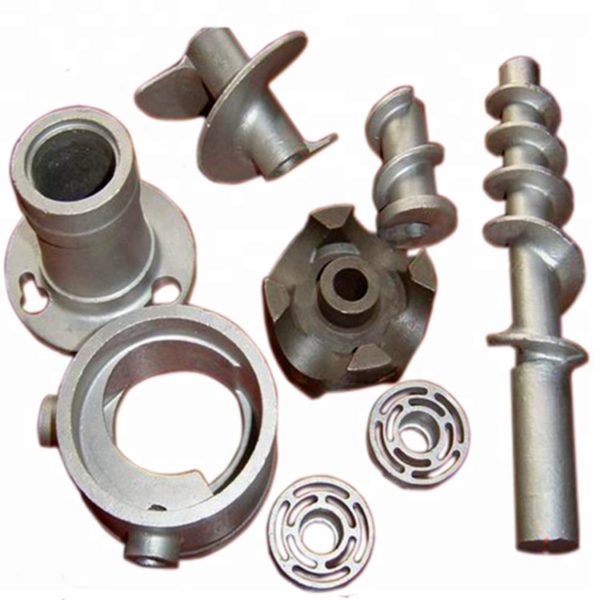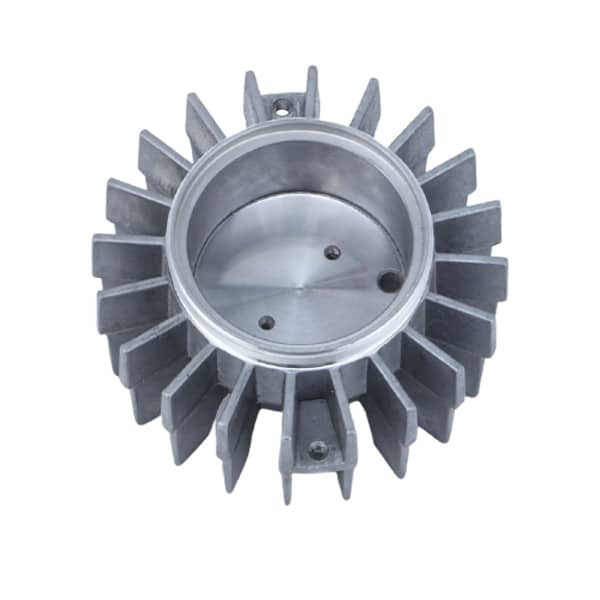

One of the major challenges facing the Aluminum casting foundry is obtaining of aluminum scrap. Aluminum has lightweight and it attracts the automobile sector seeking to reduce vehicle weight to improve fuel efficiency and reduce emissions. The shrinkage in steel castings is far from uniform, and it is, therefore, necessary to allow a larger margin on machining on important surfaces and in cored holes than in the case of iron.Īluminum casting foundry caters majorly to the Automobile Industry. It, therefore, contracts more, the hotter it is poured the more it shrinks. All steel has to be poured at a much higher temperature than iron. Steel can be melted in a crucible in an ordinary brass furnace by increasing the height of the chimney to get a sharper draught. In the steel casting foundry most steel castings are made in the open – hearth furnaces, by which it is possible to obtain a more controllable product, and in larger quantities. Steel casting foundry differs from iron foundries in the nature of the sand used in all the molds being dried very hard and in the flasks or molding boxes having fewer bars than those used in iron foundries. The heat treatment process is a crucial factor in steel casting. The main manufacturing process of steel casting foundry includes pre-casting stage, casting stage, and post casting stage. Like all foundries, steel casting foundry is a flow line production system in which the sequence of operations is fixed and the workflow is in a single direction. Steel castings are used in the agricultural, construction, manufacturing, power generation, processing, and transportation industries. In terms of tooling, the investment casting will not be considered further as the tooling in this instance will be unique to the component. The method of flashing is used where the wax pattern/sprue assembly is placed in an investment flask and this is then filled with ceramic slurry, which is further left to dry and solidify. The sequence of operations for the investment casting is determined on the basis of the layout of the investment casting line. Investment casting has been clearly identified as the process to use to form the initial billet. The cost of any casting increases in proportion to the preciseness of specifications, whether on chemistry, non-destructive testing or tolerance brands. One factor which however remains constant. The amount of tolerance required to cover each process step is dependent, basically, on the size and shape of the casting and will vary from foundry to foundry. The design for investment casting include wax, or plastic temperature, heat treatment temperature all bear directly on tolerances required in the investment casting process. Metal is then poured into the remaining cavity. The model is then removed by using an autoclave or furnace. Investment Casting is a process of using a sacrificial pattern, which is coated with a ceramic shell.

Iron casting foundry India uses different kinds of sand depending on the application and the nature of molding process. The stages involved in the sand molding process include sand preparation, pattern making, core making, molding, and closing. These are used for over seventy percent of castings produced. The casting process involving the use of sand as molding medium can be classified as a sand molding process. Calmet ensures that each casting is processed through our QC staff with inspection records for every shipment. Iron casting foundry India takes more care in the selection and production of suitable pattern equipment. This includes pre-casting, casting, post-casting. Iron casting foundry India follow three stages of the casting process. Calmet supplies ferrous and non – ferrous castings made at fully- automated / semi-automated foundries located across Asia. Iron casting foundry India is classified as Steel/Alloy/ Stainless Steel foundries, Grey Iron Foundries, Ductile Iron (SG Iron) Foundries, Non-Ferrous Foundries, Artware Foundries. In terms of a number of operating units, India ranks 2nd after China as far as a number of operating foundries are concerned.

Metal casting has been an art long before it was a science. Iron casting foundry India has been the most sought after by companies in the USA and Europe. A foundry is a factory that produces metal castings.


 0 kommentar(er)
0 kommentar(er)
